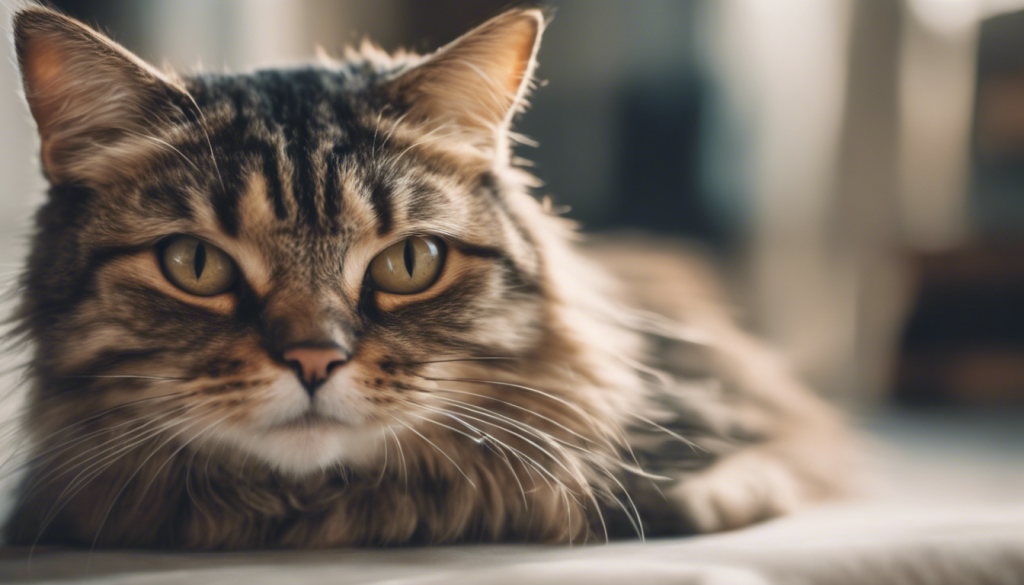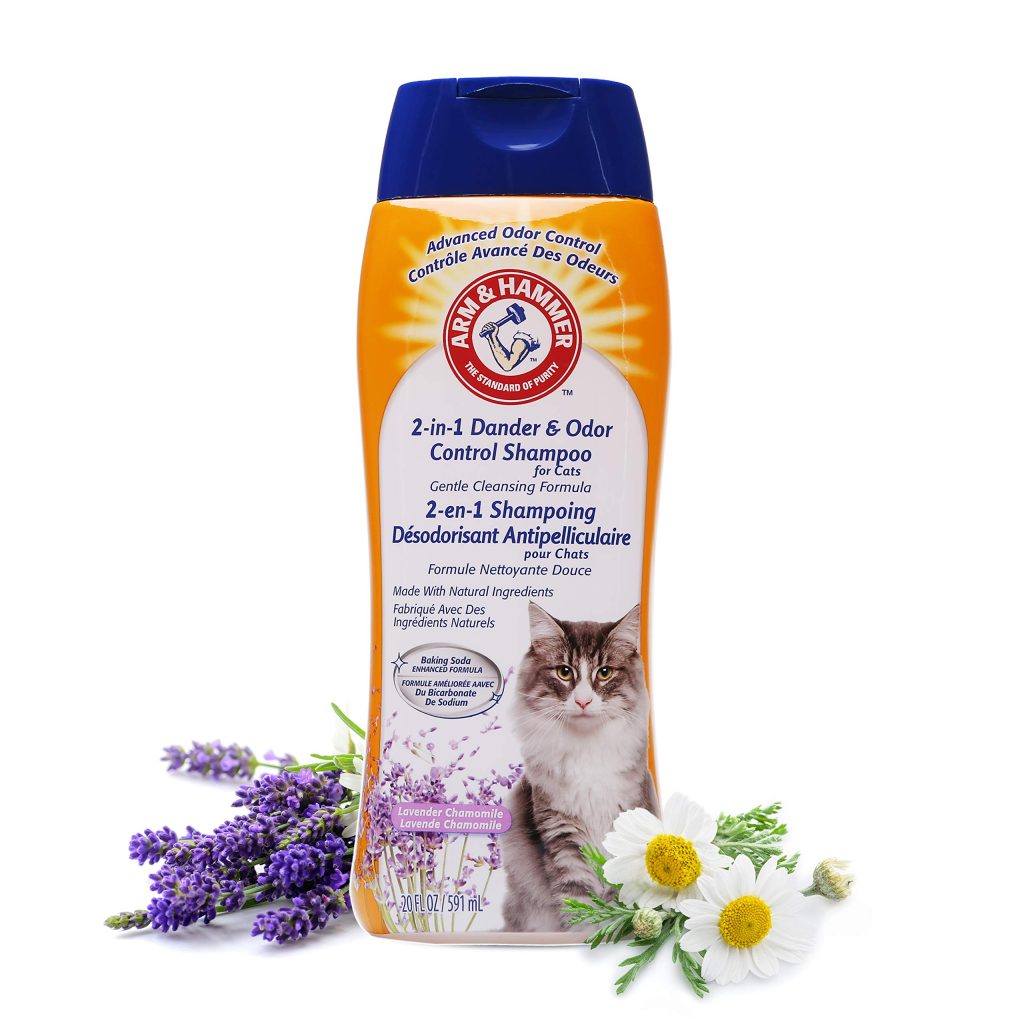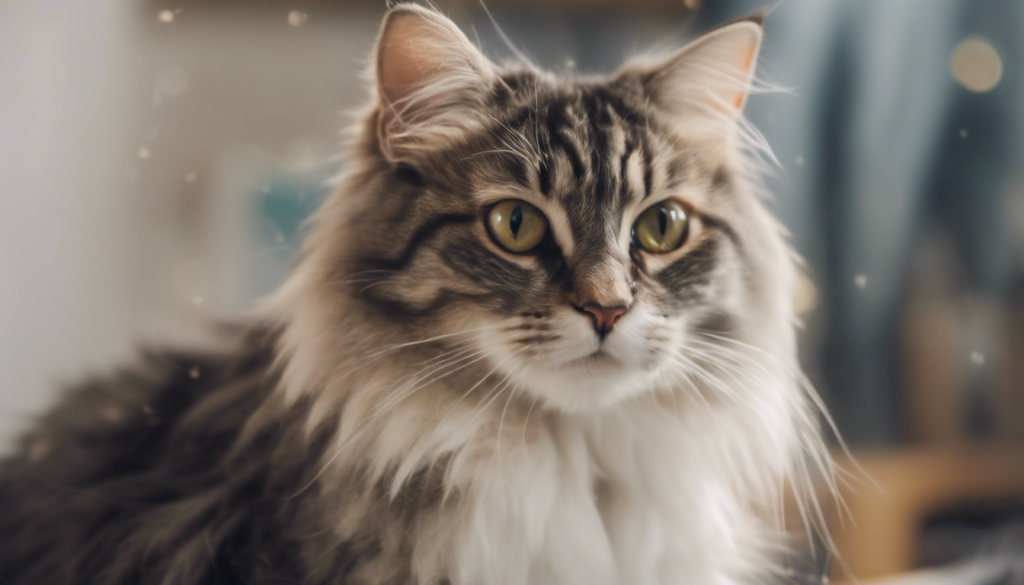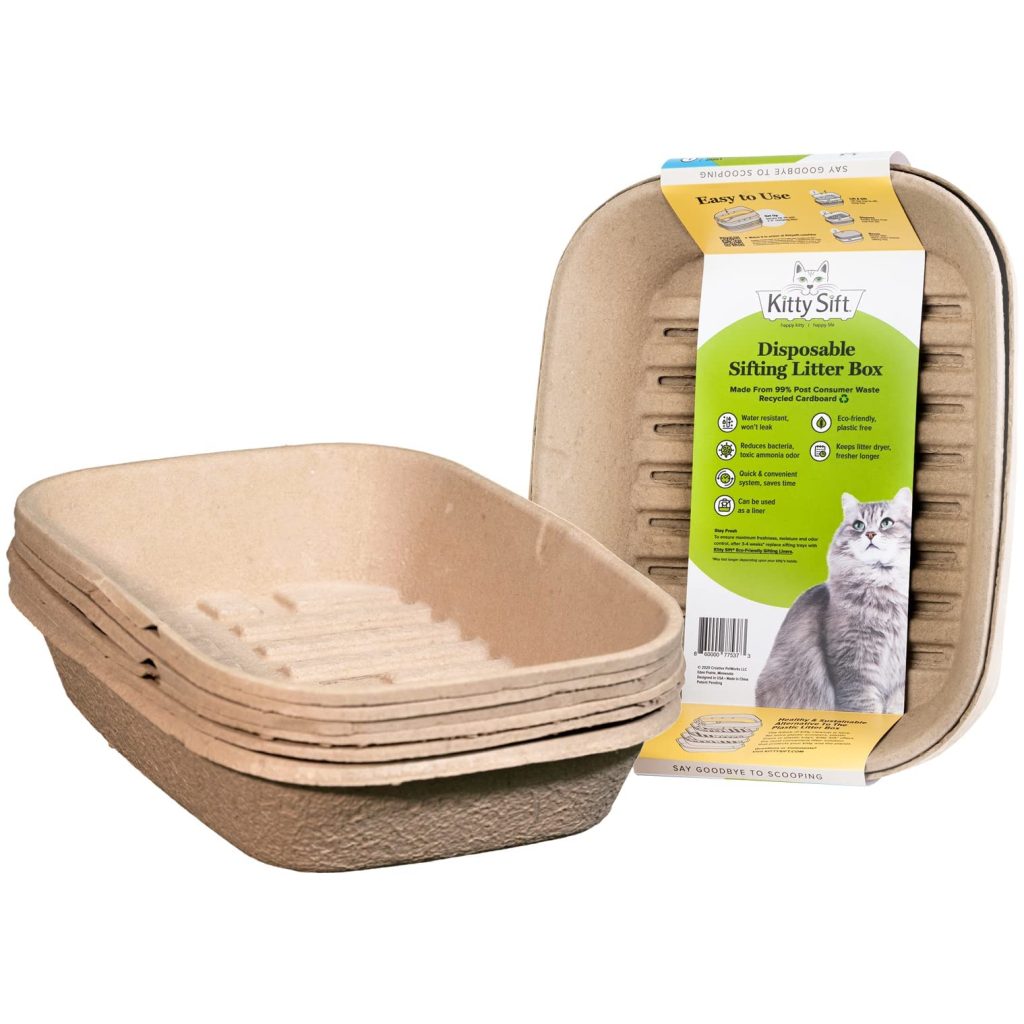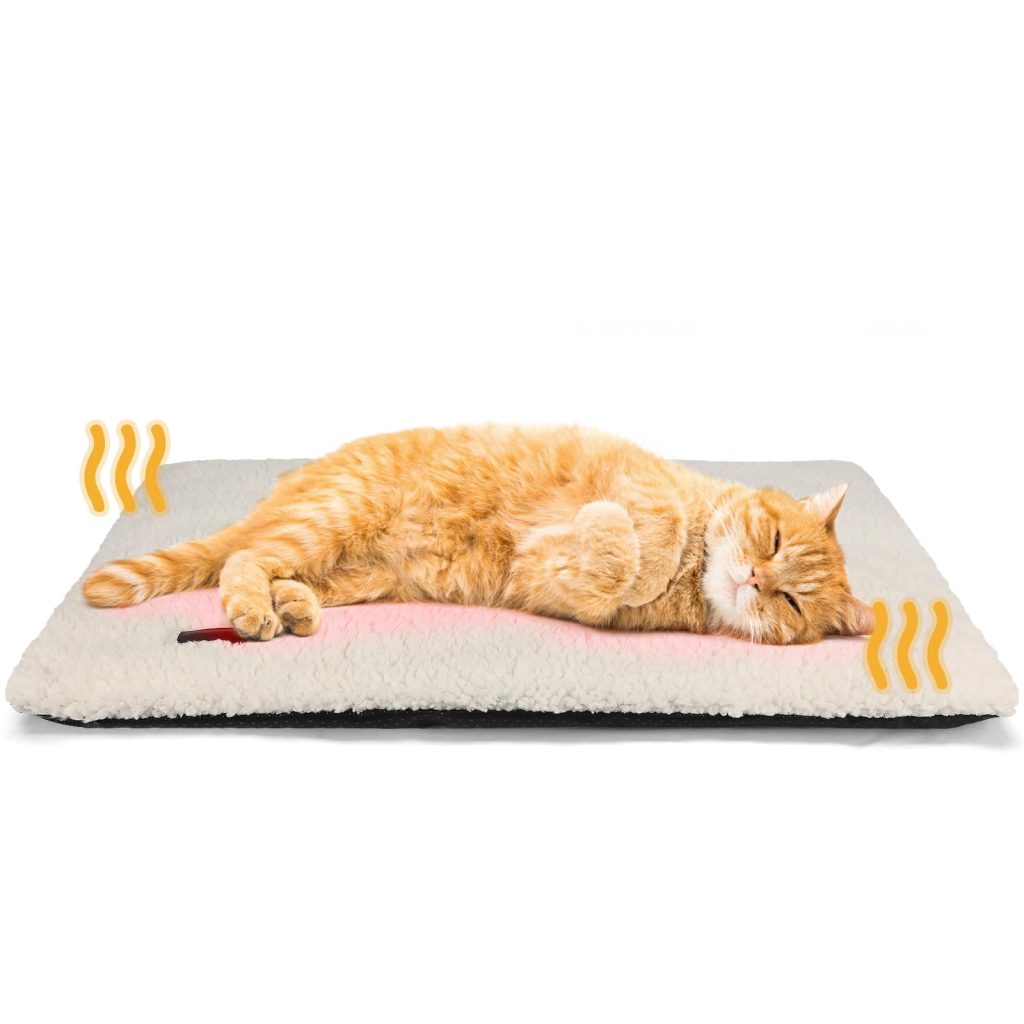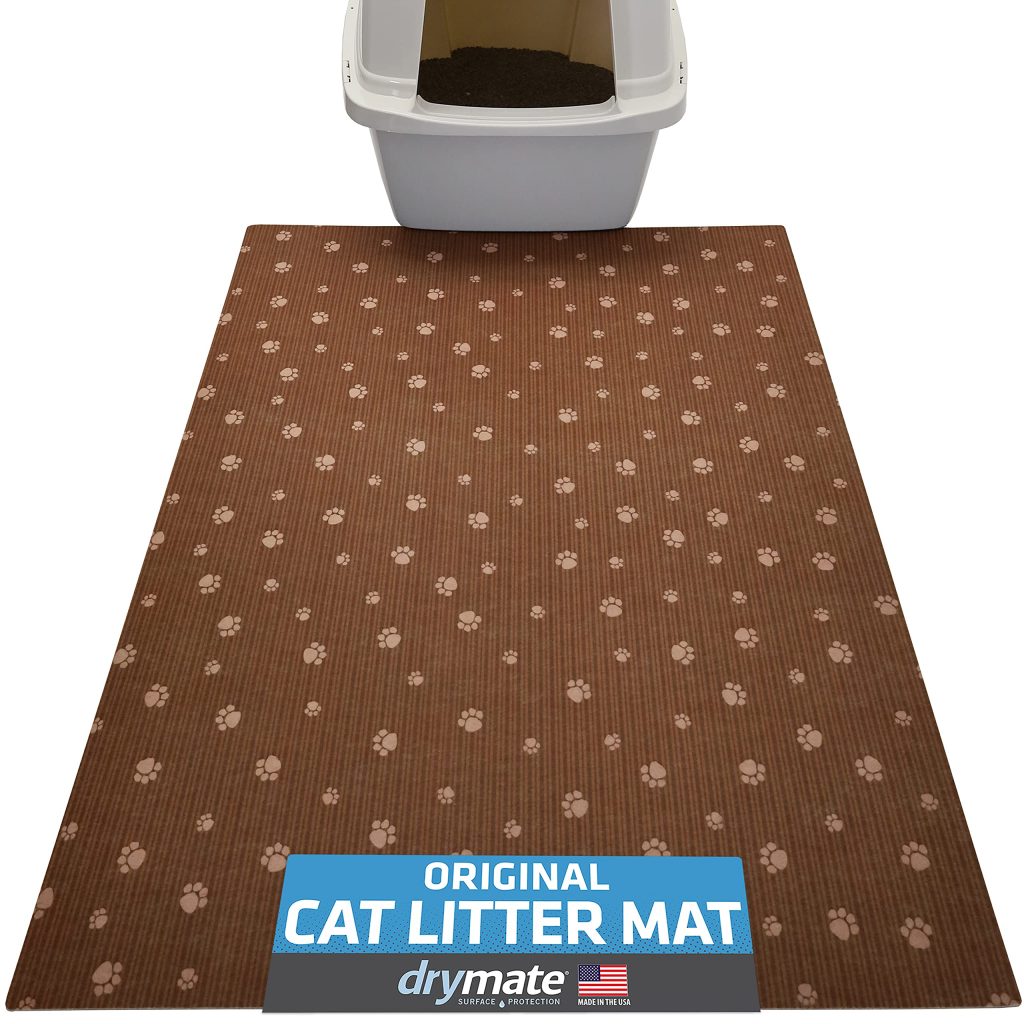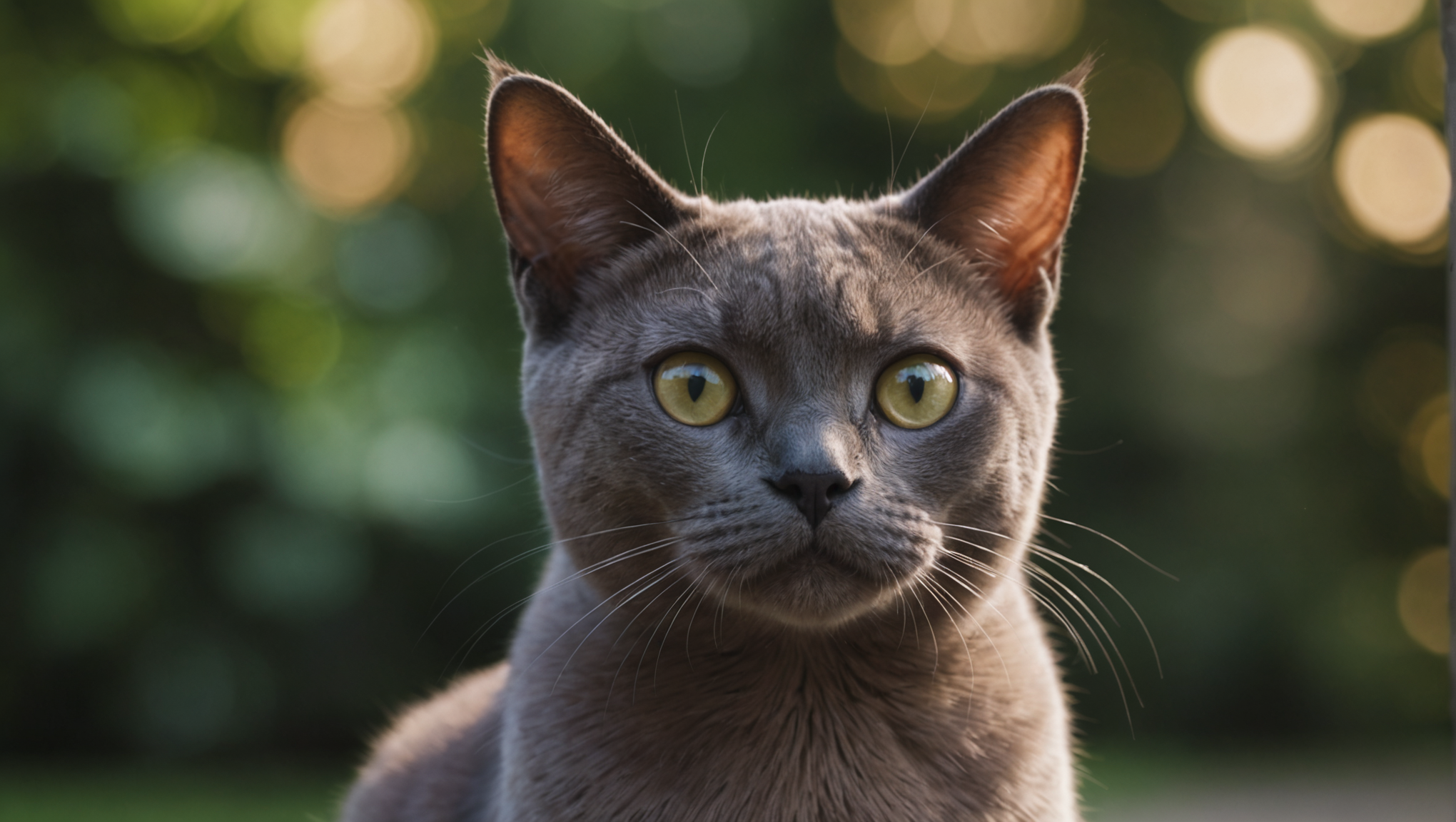
The Burmese cat, a breed that captivates hearts with its unique appearance and affectionate nature, boasts a rich cultural legacy rooted in the ancient realms of Southeast Asia, particularly modern-day Myanmar. This feline breed, revered for its striking look and playful demeanor, traces its origins back to a sturdy, dark-coated cat named Wong Mau, who made her debut in America in the late 1930s, thanks to the efforts of Dr. Joseph Thompson. Wong Mau was a hybrid; a union of the native Burmese breed and a Siamese, which produced the distinctively round head, short, muscular frame, and shining, sable coat that define the Burmese today.
As the breed began to flourish beyond its homeland, it was further refined through selective breeding, enhancing its charming characteristics. This process contributed significantly to its increasing popularity, particularly in Western societies in the mid-20th century. Enthusiasts embraced the Burmese as not just a pet, but as a companion, renowned for its spirited personality and desire for human interaction. The breed was officially recognized by various cat registries, solidifying its place in the feline world.
Burmese cats are distinguished not only by their stunning physical traits but also by their indelible connection to human companionship. They epitomize the essential qualities of affection and sociability, traits that have earned them accolades from admirers around the globe. Quotes from feline experts often convey this sentiment: “The Burmese breed is like a loyal friend; they are vigilant, loving, and always craving the warmth of companionship.” This affectionate demeanor is rooted in the breed’s history, molded by a lineage that has always thrived in close quarters with humans.
Throughout the decades, the Burmese cat has undergone several transformations as breeders focused on diversifying colors and distinct physical traits, leading to the development of various color points, including champagne, sable, and platinum. However, the breed’s core temperament remains steadfast—an unwavering dedication to being engaging and lovable. Despite their transition from Southeast Asia to the West, these cats have retained an intrinsic bond to their cultural heritage, reminding us of their foundational legacy.
Physical characteristics of the Burmese cat
The Burmese cat is an enchanting blend of elegance and strength, with physical characteristics that are as endearing as they’re distinctive. This breed is immediately recognizable due to its compact, muscular build, resulting in a cat this is both agile and robust. Typically, Burmese cats weigh between 8 to 12 pounds, with females generally falling on the lighter end of that scale. Their bodies are short and sturdy, adorned with a broad chest and a straight back, allowing them to exude a certain regal aura while remaining undeniably playful.
The head of a Burmese cat is another notable feature, characterized by its rounded shape and well-defined contours. Their delightful faces are adorned with large, expressive eyes that range in color from golden yellow to vivid green, radiating warmth and curiosity. These eyes set against their short, glossy coat heighten the breed’s appeal, creating an arresting visual allure. The coat itself is sleek and fine, with a texture that feels akin to luxurious satin. This breed is particularly known for its rich, deep colors, such as sable, champagne, and blue, which only serve to accentuate its lively personality.
Structurally, the Burmese are recognized for their distinctive rounded features—providing them not only with an adorable appearance but also with a sense of sturdiness. Their limbs are short yet strong, ending in rounded paws that add to their unmistakably cuddly stature. The tail is also of moderate length, tapering to a rounded tip, which complements the overall affectionate demeanor of this charming breed. As they move, Burmese cats exhibit a graceful gait, blending agility with an inviting playfulness. This breed loves to engage in playful antics, showcasing their flexible bodies and curious nature.
On an emotional level, the Burmese cat’s physical traits mirror their temperament. While they have a striking presence, they also radiate an inviting warmth, drawing people in with their lively spirit and playful antics. They are known for their vocalizations, often “talking” to their owners in a melodious tone that conveys their needs and desires. This characteristic reflects not just their beauty but their need for companionship, perfectly capturing the essence of the breed.
When considering the care of a Burmese cat, it’s essential for prospective owners to appreciate the unique physical traits that require particular attention. Their short coat does not demand extensive grooming; however, regular brushing—ideally once a week—ensures that their hair remains sleek and shiny, minimizing matting and promoting skin health. Furthermore, given their affectionate nature, these cats thrive on social interaction and companionship. It very important to allocate time for play and bonding, nurturing their emotional well-being just as much as their physical health.
The Burmese cat’s physical characteristics are a testament to its history and affectionate nature. Understanding these attributes is vital for prospective and current cat owners, as it lays the groundwork for fostering a warm, loving environment tailored to meet the needs of this vibrant breed. By embracing the beauty of the Burmese, one welcomes a companion who is as hearty as they are enchanting, embodying the perfect blend of strength, elegance, and playful spirit.
Temperament and personality traits
The Burmese cat is not just defined by its striking physical attributes; its temperament is equally captivating, embodying a spirit that invites interaction and companionship. These felines are often described as the quintessential ‘people cats,’ thriving on human contact and displaying an eagerness to be part of family life. Their intelligence is palpable, making them not only perceptive companions but also readily trainable, as they enjoy engaging in activities that stimulate their minds and strengthen bonds with their human counterparts.
One of the most endearing traits of the Burmese breed is their sociable nature. Unlike many cats that exhibit a more independent demeanor, the Burmese often seek out human interaction, craving attention and affection with a fervor that is simply delightful. They are known to follow their owners around the house, always keen to know what’s happening, and they have a particular fondness for cuddling—willfully nestling into a lap or curling up beside you in bed. As one cat aficionado put it, “Having a Burmese is like having a small shadow—a vivacious, loving shadow that wants to share every moment with you.”
The breed is also notably vocal, often engaging in a melodious conversation that varies from soft purrs to gentle chirps. Their unique vocalization serves as an expression of their desires and emotions, allowing them to communicate effectively with their family. Burmese cats possess an undeniable appeal that effortlessly draws attention, yet their demands for interaction should not be underestimated; they flourish in households where they’re provided ample companionship and enriched social environments.
Despite their affectionate nature, Burmese cats are inherently energetic and require regular play and exercise to maintain their health and happiness. They are playful creatures, often exhibiting kitten-like antics well into adulthood. Engaging them in interactive playtime—whether through feather toys, laser pointers, or puzzle games—can significantly contribute to their physical and mental well-being. This commitment to play not only satisfies their exercise needs but also cultivates their bond with their human companions.
However, it very important to remember that with such vibrant social needs comes the responsibility of ensuring their emotional health. Leaving a Burmese cat alone for extended periods can lead to feelings of loneliness or anxiety. Hence, it’s recommended that they are either paired with another friendly cat or provided with enough stimulating toys and activities to keep them engaged when their humans are away. As a wise cat trainer once said, “Every cat needs a job; give them something to do, and you’ll be amazed at how happy they become.”
When considering the Burmese breed, it’s essential to understand the delicate balance of their attention-seeking nature and their propensity for playfulness. Their essence not only reflects their allure but their need for a fulfilling, interactive lifestyle that accommodates their social instincts. Thus, prospective owners must be prepared to embrace a lifestyle that celebrates these traits, integrating the Burmese into the fabric of family life and providing a nurturing environment where their heartwarming personality can truly flourish.
Care and grooming requirements
When it comes to the care and grooming of a Burmese cat, understanding both the breed’s specific requirements and their intrinsic need for companionship is paramount. Known for their sleek, close-lying coat, Burmese cats are relatively low-maintenance in the grooming department. A gentle brushing once a week will suffice to remove loose hairs and reduce the likelihood of hairballs, while also promoting healthy skin and coat shine. This simple routine not only keeps their fur looking impeccable but also provides an opportunity for bonding; the rhythmic brushing can be a soothing ritual that deepens the owner-pet connection.
Given their short coats, Burmese cats are not prone to matting, making them easier to maintain compared to long-haired breeds. However, it’s still wise to keep an eye on their ears, eyes, and nails. Regular checks for wax buildup in the ears and signs of tearing around the eyes are essential, as these areas can be susceptible to infections if neglected. Cleaning their ears gently with a veterinarian-recommended solution will help prevent any discomfort, while maintaining their vivid, expressive eyes with a soft, damp cloth keeps them healthy and bright.
Another aspect of care that reflects the Burmese breed’s unique personality is the need for interactive play. These lively pets thrive on activity that stimulates both their bodies and minds. Using engaging toys like feather wands or laser pointers can provide the necessary exercise—aiming for at least 20 to 30 minutes of active play each day. It’s vital to incorporate this playtime into their routine, as Burmese cats are known for their high energy levels and playful behavior. Neglecting their exercise needs can lead to boredom and associated behavioral issues, which can be detrimental to their overall happiness.
In addition to interactive play, mental stimulation is equally crucial for this breed, as they possess a keen intelligence that often finds itself yearning for a challenge. Puzzle toys that dispense treats are a fantastic way to keep their minds sharp, while also rewarding them for their effort. It’s been noted that “a tired cat is a happy cat,” and this sentiment rings especially true for the Burmese, who flourish in environments that provide ample opportunities for exploration and discovery.
From a dietary standpoint, ensuring that a Burmese cat receives a well-balanced diet is central to their maintenance and overall health. High-quality cat food—specifically formulated to meet their nutritional needs as an active breed—is recommended. Look for proteins such as chicken, turkey, or fish as the primary ingredient, complemented with necessary vitamins and minerals. The caloric intake may vary according to their activity level, age, and health status, so it is wise to consult with a veterinarian to establish the optimal diet plan tailored for your Burmese. Additionally, providing fresh water at all times is essential to maintain proper hydration.
While the Burmese breed generally enjoys good health due to their genetic robustness, they may still be predisposed to certain health considerations that prospective owners should be aware of. Obesity is a growing concern, particularly for indoor cats, so constant monitoring of their weight and dietary intake is key. Regular veterinary check-ups will help catch any signs of health issues early, ensuring that the Burmese remains healthy and vibrant throughout their life.
The care and grooming of a Burmese cat require a comprehensive approach that embraces their unique characteristics, penchant for companionship, and high activity levels. By committing to their grooming routine, engaging in daily play, providing a balanced diet, and remaining vigilant about their health, you ensure that these enchanting felines thrive as part of your family. As renowned cat behaviorists often say, “Understanding your pet’s needs is the first step toward a harmonious relationship,” and that is especially true for the affectionate and vivacious Burmese breed.
Health considerations and common issues
As with any breed, the Burmese cat comes with its set of health considerations and potential issues, making awareness and proactive care essential for maintaining their overall well-being. Typically, Burmese cats are known for their vitality and robust constitution; however, certain hereditary health conditions are more prevalent within this breed. One such concern is their predisposition to obesity, which can arise from their love of food combined with a propensity for a sedentary lifestyle if not properly stimulated. It’s crucial to provide these active felines with sufficient playtime and a structured feeding plan, tailored to their energy levels and life stage. Maintaining a healthy weight not only enhances their quality of life but can also help prevent secondary health issues, such as diabetes and joint problems.
Another prevalent health issue among Burmese cats is dental disease, which can arise if proper dental hygiene is neglected. Regular dental check-ups and home care are imperative; ponder incorporating a dental diet or treats that promote oral health into their routine. Additionally, brushing their teeth a few times a week with cat-friendly toothpaste can aid in preventing plaque buildup, ensuring a healthy mouth and fresh breath.
Musculoskeletal disorders can also be a concern in this breed, particularly due to their compact and muscular build. Conditions such as hip dysplasia or patellar luxation have been reported in some Burmese individuals. Regular veterinary examinations will help monitor skeletal health, identify early signs of joint discomfort, and enable effective management. Moreover, providing an environment that encourages stretching and movement—like vertical spaces and engaging toys—can contribute positively to their musculoskeletal health.
Furthermore, Burmese cats can be more susceptible to certain genetic conditions, particularly related to their eye health. They’re at risk for a condition known as Burmese cat keratoconjunctivitis, which results in inflammation of the conjunctiva and can lead to more severe issues if not treated promptly. Regular eye assessments and attentive monitoring for symptoms such as excessive tearing or redness are paramount in preventing complications.
Moreover, like many breeds, Burmese cats are prone to upper respiratory infections, which can occur if they’re in environments with poor ventilation or exposure to other infected pets. Maintaining a clean and stress-free living environment reduces the risk of such infections, while a balanced immune-boosting diet can also support their overall health. Ensure your feline receives a comprehensive vaccination schedule to protect against common cat diseases that could pose a significant health risk.
As with many aspects of cat ownership, preventive care is key. Regular veterinary visits, including vaccinations and wellness checks, enable early detection and treatment of potential health issues, thus maintaining your Burmese’s vitality. Observing their behavior for any changes—such as lethargy, changes in appetite, or unusual grooming habits—also serves as an essential part of preventive care.
In terms of grooming, attention should be paid not only to their coat but also to their ears and claws. Careful monitoring and cleaning of the ears can prevent infections, while regular nail trimming helps maintain their comfort and reduces the risk of injury to both the cat and the furniture. Establishing these habits early on fosters a sense of trust and cooperation during grooming sessions, ultimately benefiting both the feline and their owner.
Providing a nurturing environment complemented by regular veterinary care, attentive grooming, and a specifically tailored diet will help ensure that your Burmese cat enjoys a happy and healthy life. Adhering to these guidelines can significantly enhance their well-being, enabling them to thrive as the affectionate companions they’re known to be. After all, as many cat owners would attest, a healthy cat is a happy cat—each day together is a testament to the bond formed through thoughtful care and unwavering love.
